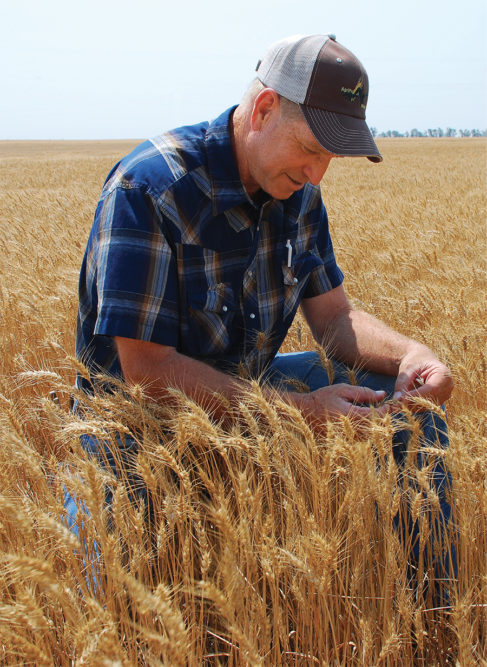No-Till Farmer
Get full access NOW to the most comprehensive, powerful and easy-to-use online resource for no-tillage practices. Just one good idea will pay for your subscription hundreds of times over.

Tom Pauly pulls a pair of pliers from the holster on his hip, kneels down and scratches through a thick thatch of crop residue. And he smiles.
There’s moist soil beneath the aftermath of past soybean, wheat and corn crops — enough to get the seed corn he’s getting ready to plant up and growing.
It’s been a dry year, with about 4 inches of rain from November to June around Conway Springs, Kan., where Pauly grows dryland hard red winter wheat, corn, soybeans and grain sorghum in a no-till system he initiated 12 years ago.

Average annual rainfall for Sumner County, traditionally the state’s leading wheat producer, is about 33 inches.
“The problem is that a lot of that comes in 5-inch spurts,” he says. “If we can catch that rain and store it, that’s absolutely huge for us. Wheat is a dry-weather crop, but to consistently grow corn and soybeans, we need residue to capture moisture. Residue is the crop that feeds my cash crops.
“For a no-tiller, it’s all-important — building organic matter to bring back the life in the soil that was killed with tillage, and conserving moisture. It opens up new possibilities.”
Pauly’s 2,000-acre farm has been 100% continuous no-till for the past 6 years. He began with no-till wheat on more reliable bottom ground for 2 years and moved to upland fields, as he proved to himself that the no-till system would also work there.
“I felt confident it would work…